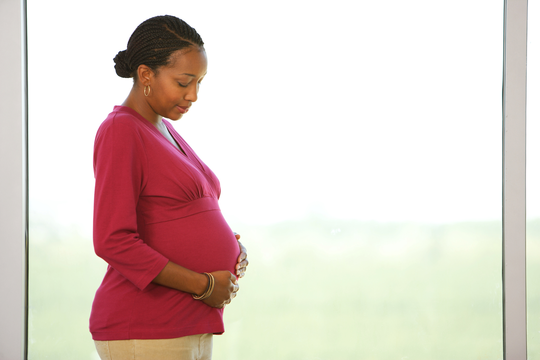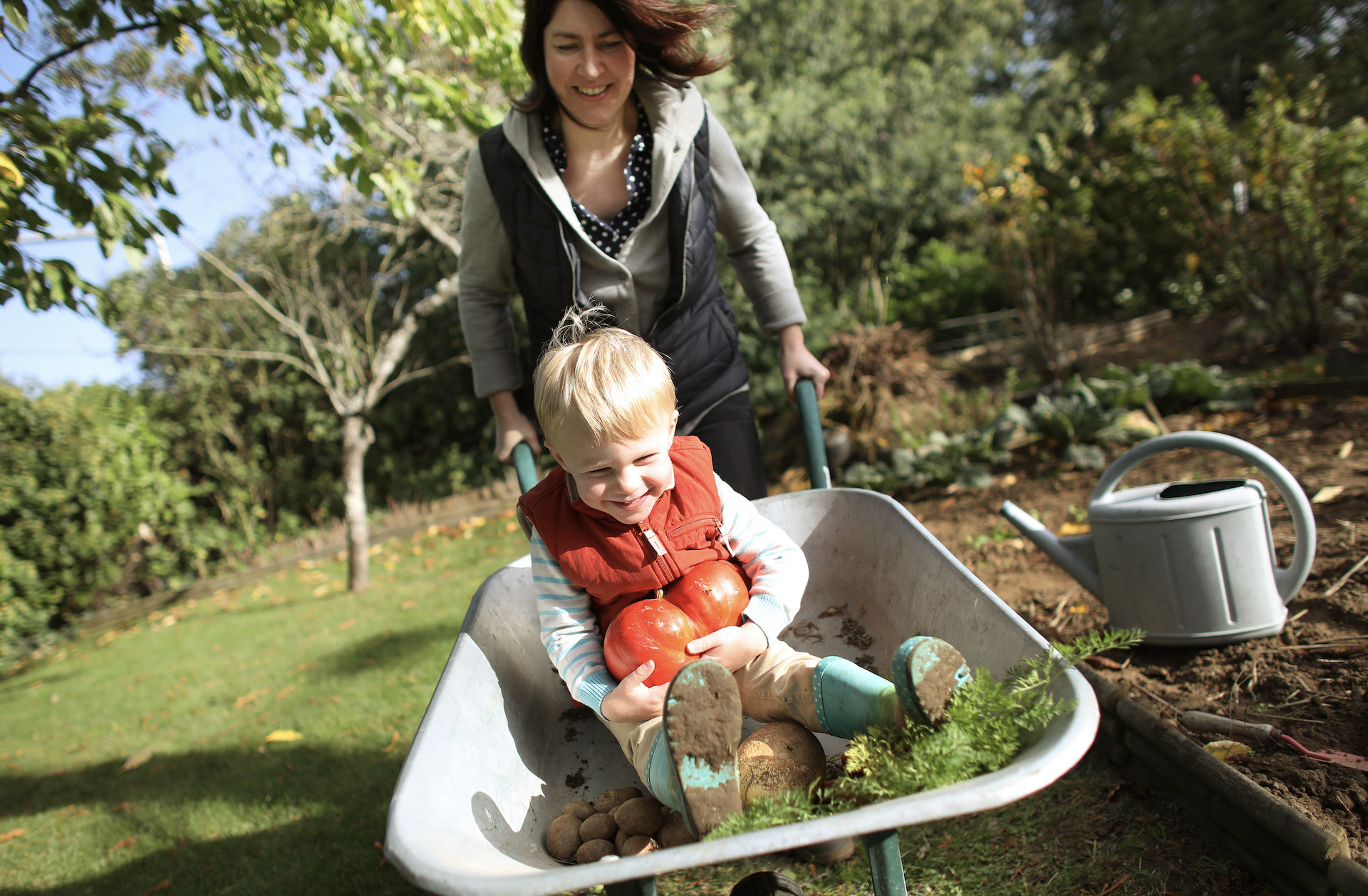New Kaiser Permanente findings add to the body of work on cannabis use by pregnant women
Recent studies have shown that more pregnant women are using marijuana. But researchers didn’t know exactly what contributed to these increases. Now, in a new study, researchers from the Kaiser Permanente Northern California Division of Research have shown that depression, anxiety, and trauma during pregnancy are associated with prenatal marijuana use.
The research letter, titled “Association of Depression, Anxiety and Trauma with Cannabis Use During Pregnancy,” appears Feb. 19 in JAMA Network Open.
“Our previous research studies have found that cannabis use is rising among pregnant adolescents and adult women. This new study adds important evidence to a small but growing body of research suggesting that prenatal cannabis use is more common among pregnant women who are experiencing depression, anxiety, and trauma during pregnancy,” said lead author Kelly Young-Wolff, PhD, MPH, a research scientist with the Division of Research.

This study includes data from nearly 200,000 pregnancies from Kaiser Permanente Northern California’s large integrated health care system. In the Kaiser Permanente Northern California region, all pregnant patients are screened for depression symptoms and exposure to intimate partner violence at the first prenatal visit. The researchers used those screening results along with rich data from electronic health records on diagnoses of depressive and anxiety disorders as well as trauma.
“Our study findings suggest that screening for prenatal depression, anxiety, and trauma early in pregnancy with linkage to appropriate interventions may create a unique opportunity to potentially mitigate the risk of prenatal cannabis use,” said Lyndsay A. Avalos, PhD, the paper’s senior author and a research scientist at the Division of Research.
Compared with women without anxiety or depressive disorders, those with an anxiety disorder, depressive disorder, or both, had between 1.9 and 2.7 times greater odds of screening positive for prenatal cannabis use.

Relative to women without self-reported depression symptoms during pregnancy, those with mild, moderate, and moderately severe to severe depression symptoms had 1.6 to 2.6 times greater odds of prenatal cannabis use, with higher odds associated with more severe depression symptoms.
Finally, women who self-reported exposure to intimate partner violence during pregnancy had 1.9 times greater odds of prenatal cannabis use than those who did not, and women with a trauma diagnosis during pregnancy had 2.8 times greater odds of prenatal cannabis use than those without a trauma diagnosis.
“We hope the study findings can help alert clinicians to the fact that their patients with depression, anxiety, and trauma exposure in pregnancy may be more likely to use cannabis. Given concerns about the risks of cannabis use in pregnancy, pregnant women should be screened for cannabis use, asked about their reasons for use, educated about the potential risks, and advised to quit,” said Young-Wolff.
She added that more research is needed to determine if the use of cannabis causes or worsens mental health problems during pregnancy.
Funding for this work came from the National Institute on Drug Abuse and the National Institute of Mental Health.
Besides Young-Wolff and Avalos, coauthors included Varada Sarovar, PhD, Lue-Yen Tucker, and Stacey Alexeeff, PhD, of the Division of Research; and Nancy Goler, MD, and Kathryn K. Ridout, MD, PhD, of The Permanente Medical Group.
# # #
About the Kaiser Permanente Division of Research
The Kaiser Permanente Division of Research conducts, publishes and disseminates epidemiologic and health services research to improve the health and medical care of Kaiser Permanente members and society at large. It seeks to understand the determinants of illness and well-being, and to improve the quality and cost-effectiveness of health care. Currently, DOR’s 600-plus staff is working on more than 350 epidemiological and health services research projects. For more information, visit divisionofresearch.kaiserpermanente.org or follow us @KPDOR.





This Post Has 0 Comments